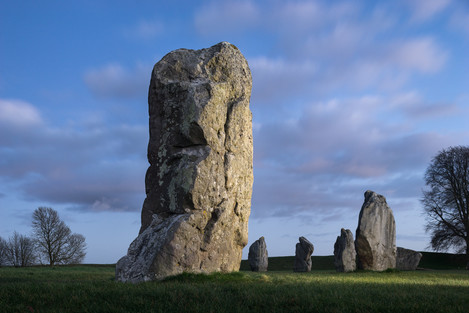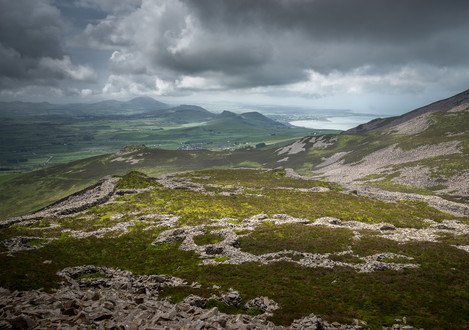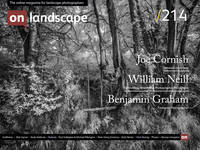Our insatiable appetite for earth’s resources
I first came across the phrase ‘Altered landscape’ in conversation with Australian photographer Christian Fletcher. He uses it to describe places changed by mining and quarrying. These range from quarry cliffs, cuttings, embankments, machinery and buildings, to mine workings, slag heaps, tailing ponds, effluent and run-off. Christian’s pictures are often aerials, often quite abstract and beautiful in colour and design. Canadian photographer Edward Burtynsky is another whose work addresses this theme in depth; his 2007 book Quarries, is one I have admired often.
So are quarries and mine sites the only altered landscapes, and if not, what other landscapes might be so characterised?

The monumental stones at Avebury date back to the Third Millennium BC. Their function and role in the landscape remain an unresolved mystery
Certainly, humans alter landscapes when they settle. For at least 10,000 years we have settled land having transitioned from hunter-gathering to agriculture. Anthropologists connect the arrival of urbanisation to the food surpluses agriculture provided. Villages, towns and cities clearly alter the landscape. Monumental stone buildings, in particular, require enormous amounts of material and huge human effort to cut, transport and transform them into pyramids, or temples. Altered landscape is by no means only a modern phenomenon.

Under the slopes of Yr Eifl in North Wales are the remains of an ancient township, a site thought to have been occupied for several hundred years, following its settlement in the Iron Age. Composed of many building which were probably once turf-rooved, their walls seem to have been made from the scree slopes of the adjacent hillsides.
Yet modernity imposes itself more ruthlessly. Electricity pylons criss-cross our countryside, an alteration few of us wish to look at, but we could not do without them. Air-conditioned and centrally-heated homes and places of work, roads, railways, water supplies… all the conveniences of modern life amount to an anthropogenic alteration of the land.
In the UK agriculture is the greatest single territorial occupation and alters the land rather obviously when growing crops, especially with modern industrial farming. And perhaps more subtly, with domestic animals controlled by enclosure.


